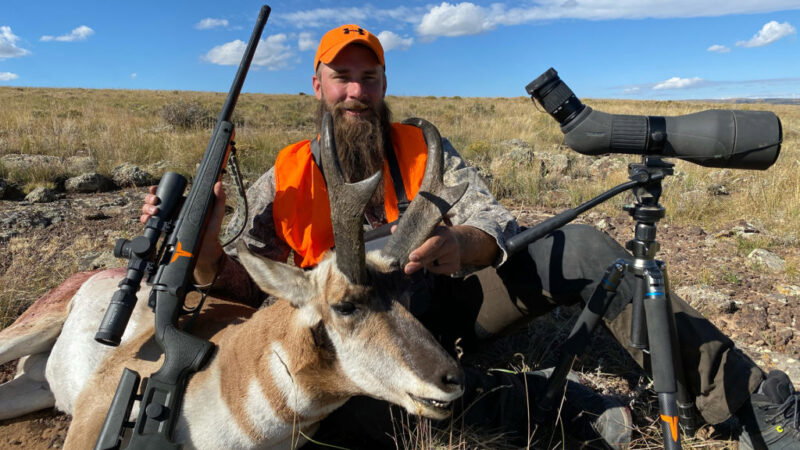Summer Outdoor Destinations
Summer is coming. As it nears, we get farther away from the previous hunting season with high hopes for the next. It’s hard to beat sitting on a hillside with a binocular, glassing a distant cornfield you’re planning to hunt the following morning. When the season is closed and there’s not much more to do but wait, consider packing up the family, your favorite hunting binocular and a pair of comfortable walking shoes, and heading out to one of the many great wildlife destinations our country has to offer.
Yellowstone National Park, Wyoming
Yellowstone is the flagship of the National Park Service. It is mostly in Wyoming though there small parts run into Montana and Idaho. Yellowstone is the world’s first national park. Its 2.2+ million acres make it larger than Rhode Island and Delaware combined. The flora and fauna is nearly unparalleled as it is home to bison, moose, elk, deer, bears, wolves and more than 300 species of birds. Over 1,100 species of native plants, 200 of exotic plants and some 400 species of thermophiles, which produce the bright colors around many of the hot springs, also live in the park.
By driving the grand loop road, visitors can view the park from the comfort of their vehicle and also take a rest at one of the many roadside picnic areas. For those who’d rather get out and explore, the park has thousands of miles of trails from day hikes to backcountry explorations as well as some 2,000 campgrounds. It’s easy to say that nature and outdoor opportunities abound in Yellowstone National Park.
Acadia National Park, Maine
Located in Maine, Acadia National Park is the oldest American park located east of the Mississippi River. It is home to some 40 different species of mammalian wildlife, including white-tailed deer, moose, foxes, coyote, bobcats and black bears. Many other marine species have been observed in the surrounding area and waters. And for the bird watcher, each summer several trails in the park are closed to protect nesting peregrine falcons.
The park includes mountains, an ocean shoreline, woodlands and lakes. In addition to Mount Desert Island, the park comprises much of the Isle au Haut, parts of Baker Island, and a portion of the Schoodic Peninsula on the mainland. In total, Acadia National Park consists of more than 47,000 acres, including 30,300 acres on Mount Desert Island, 2,728 acres on Isle au Haut and 2,366 acres on the Schoodic Peninsula. Cadillac Mountain, which is on the eastern side of the island, is one of the first places the sunrise touches in the the U.S. due to its location and height.
Rocky Mountain National Park, Colorado
Rocky Mountain National Park in Colorado has some of the most majestic views of any national park. From forests to tundra, it holds a bounty of wildlife, including elk, bighorn sheep, black bears, mountain lions, mule deer and moose. In the fall, it’s a popular area to watch the elk rut though we prefer the summer when it’s not quite as crowded. July and August are typically the best months to go because the spring is wet and muddy with snow melt. In the fall, you’ll likely see snow start to fall around late September/early October, especially in the higher elevations around 9,000 feet. It’s been said that the Paleo-Indians visited the area as far back as 11,000 years ago. With a lot of history, wildlife, outdoor activities and accessibility, Rocky Mountain National Park is a great destination.
Great Smoky Mountain National Park (Cataloochee), North Carolina
For those looking for adventure in the Appalachian Mountains in the southeastern U.S., Great Smoky Mountain National Park is an adventurous and accessible spot. Once a Cherokee Indian hunting ground as well as one of the most prosperous communities in Appalachia, Cataloochee Valley is a gem surrounded by some of the park’s 6,000-foot peaks.
With help from the Rocky Mountain Elk Foundation, elk were reintroduced to the area in 2001 with 25 animals that were transported from the Land Between the Lakes National Recreation Area. Elk were once natural to the area, but became extinct due to overhunting and loss of habitat. The herd can be seen regularly in the fields of the valley, especially in the early morning and evening hours. You’ll likely also see deer, turkey, and other wildlife. Wildlife watching can be especially fruitful during mornings and evenings in the valley’s open fields. Summertime in Appalachia is truly a special time of year.








